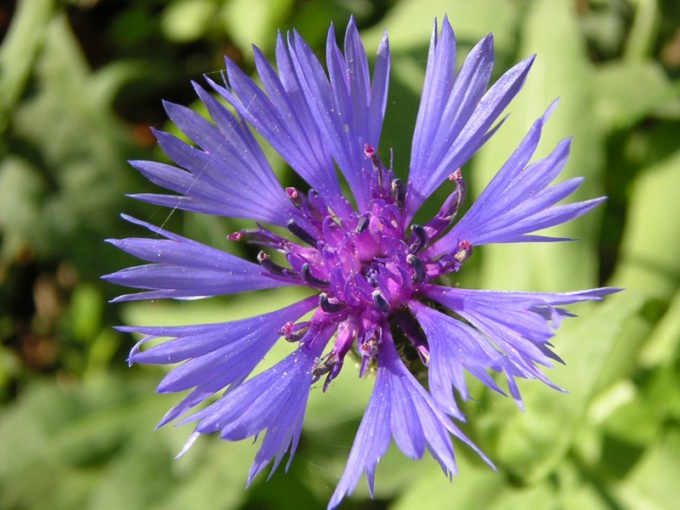Instruction
1
In the culture grown as annuals and perennial varieties of cornflowers, and the latter is more hardy and resistant to disease. When planting in front gardens, flowerbeds and flower gardens, these plants should be planted in the first row on the South side, so that their leaves are evenly exposed to sunlight.
2
Annual varieties of cornflower reproduce only by seed, they are sown in open ground in early may. Plants do not tolerate transplanting, so if you decide to grow seedlings, it is recommended to place them one by one in peat pots. At the end of may to put cornflowers in the open ground.
3
Perennial varieties are planted in late autumn, in October or November, flowering cornflowers and such starts next year. In August to cut withered stalks, and collect the ripe seeds for the next crops.
4
Transplantation of perennial plants is carried out from 10 to 30 August, Bush dug out and cut it ground shoots, leaving 10 cm from the root. The roots are washed in water and cut with a sharp knife into two or three parts. Before transplanting cornflowers, the soil should be compost, spread it with a layer thickness of 5 cm.
5
Most of the cultivars of cornflower grown in fertile, neutral soil. Alkaline substrates we recommend the planting of mountain, Russian, musky and cornflower Marshall. The earth must be periodically loosen and remove weeds. If the soil is acidic should be limed every 3 years, scattering on the surface of dolomite limestone or lime. It is best to carry out this procedure in the autumn period of pre-winter training ground.
6
Cornflowers should be watered moderately, they are not tolerate excessive wetting of the soil. Among them there are species, good tolerance to drought is a blue cornflower, musk, Russian, krupnokuskovoy, Marshall whited. These plants have a strong root system that allows them to survive in dry meadows and steppes, they recommend performing moderate watering. Other species prefer moderately moist soil, these are: mountain cornflower, Phrygian, Fisher, meadow and soft.
7
Once in two weeks you need to feed the plant complex fertilizer, using 20-30 g of composition per 1 sq. m landings. This will ensure an abundant and long blooming, but do not exceed the recommended dose, excessive fertilizer can cause leaf yellowing.
8
Cornflowers are resistant to diseases, they do not require special measures to prevent them. If the plant appear dark spots, you need to carry out a chemical treatment of leaves and shoots with fundazol or pour them with ash.
